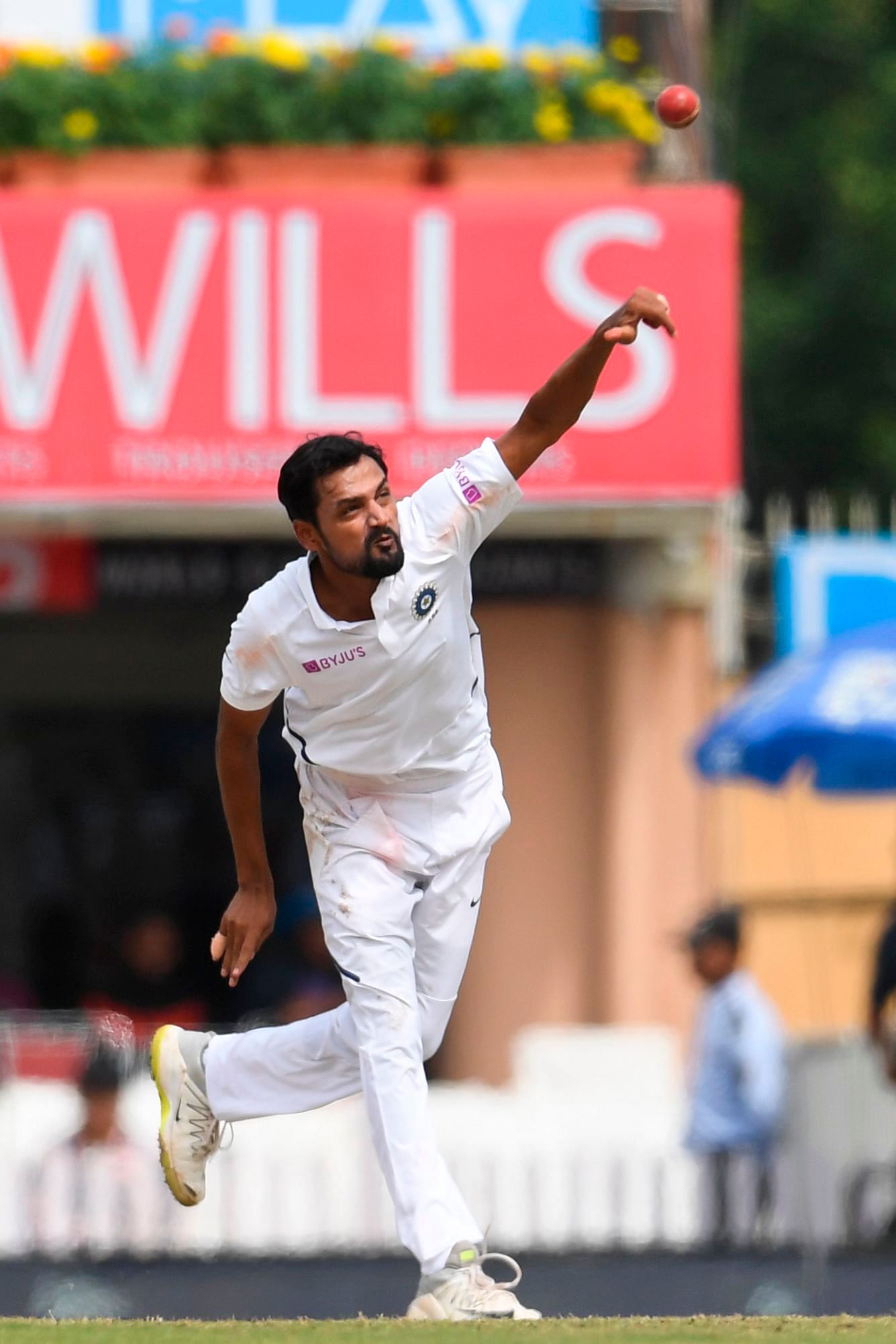
Shahbaz Nadeem just made his Test debut. It is a matter of pride for the cricket-loving people of Bihar and Jharkhand. As it should be. Not many who have donned Bihar-Jharkhand caps have gone on to play a Test. Whether that makes the two-states-that-were-one-once a cricketing backwater is debatable though. Post M S Dhoni, only a daring individual would suggest that.
To be accurate, much happened before Dhoni too. The 1930s Jamshedpur Parsees side is said to have been an exciting one. The Bihar Cricket Association was among the first to be headquartered outside the country’s largest cities and is nearly as old as the Cricket Club of India. The Bihar Ranji side made it to the finals in 1975-76 beating star-heavy Delhi and Karnataka en route and featured frequently in the tournament’s knock-out stages in the mid and late 1980s. Jamshedpur was among the first non-traditional venues to host international sides.
Why has this history not spawned more Test cricketers? That owes to the narrow pool the game traditionally tapped in Bihar (Jharkhand was carved out of Bihar only in 2000) from the industrial and colliery townships of Jamshedpur, Dhanbad, and Bokaro, the Sarkari colonies and Bengali population in Patna and the missionary schools. Though these yielded several players who served the stateside, there remained space for imports like Hari Gidwani and Ramesh Saxena (both quality batters, one must add, who started with Delhi).
Even with the spread of the game to mofussil towns and beyond in recent times, it is these better-equipped enclaves that continue to produce the bulk of the home side. Unsurprisingly, almost every cricketer from this part of the world to have made a mark has a Ranchi (Dhoni), Jamshedpur (pacers Subroto Banerjee and Varun Aaron), Patna (wicketkeeper Saba Karim), or Dhanbad (Nadeem) connection. As do Saurabh Tiwary and Ishan Kishan who have intermittently caught attention during the IPL.
Elite enclaves may have been the early embracers of cricket elsewhere too but the game’s democratization happened quicker outside. For a variety of reasons that did not extend to Bihar: high urbanization levels; relatively greater elite-proletariat contact; a critical mass of institutions, including schools and clubs, keen to compete in tournaments; a larger, more exposed middle class awakened to the excitements sports offers; enterprising administrators and patrons alert to the prospects of the game’s growth beyond their own backyards; and, the early emergence of inspiring stars. It didn’t help that the sports-loving tribals of Jharkhand got introduced to the elemental joys of football and the sturdier and pacier appeal of hockey before cricket.
Team selection in India has always been a contentious subject, replete with stories of how zonal quotas and backroom maneuvers denied fair chances to many deserving cricketers. East Zone folk have particularly strong feelings about this. Could it, along with Bihar’s ‘image’ problem, have impacted players from the state? Difficult to say, without unkind speculation. A few things can be said with certainty though.
That Gidwani, a dashing stroke-maker who started in Delhi but padded up for Bihar for the bulk of his first class career and impressed with his shows against visiting attacks from Australia, Sri Lanka, and West Indies, was unfortunate not to represent the country. That Banerjee did creditably in the lone Test innings he bowled in, claiming Geoff Marsh, Mark Taylor, and Mark Waugh and ending with figures of 3/47. That Karim’s India colours came only after a considered switch to Bengal; in his Bihar days, the best he managed was to be a ‘surprise’ pick for the 1989 West Indies tour.
In any case, a Bihari’s selection has always surprised fans. While understandable at one level given the rarity of the feat, it nevertheless speaks of a certain skepticism regarding the talent that has made the cut. As if fate has played a role stronger than usual in the ‘off-beat’ selection.
Biharis and Jharkhandis who did feature in Tests, one suspects, have good reason to junk any notions of fate having been kind to them. Gidwani’s and Banerjee’s misfortune, we have spoken about. Others, with the exception of Aaron and fastish off-spinner Nirode Chowdhury, the first Bihari to play a Test (as far back as 1949), appear to have been on the same boat.
Karim damaged an eye just when he was cementing his place in the Indian side. Ramesh Saxena, rated among the finest players of spin by no less than Erapalli Prasanna and Bishen Bedi, got a solitary chance to impress, which we all know is too little – more so since Saxena, a middle-order bat, was sent in at unfamiliar positions in both innings, as an opener in the first and at No. 7 in the next. Not to sound a party-pooper but the circumstances of Nadeem’s selection (coming in as the third spinner in place of the injured Kuldeep Yadav) and his age (30) do not herald a stable stint in the Test side for him either.
Meanwhile, recent Ranji squads from Bihar and Jharkhand have featured players who cut their teeth in outposts such as Bhagalpar, Arrah, Muzaffarpur, and Lohardaga, and, in 2015, Prakash Munda became the first tribal to represent Jharkhand. Having grown up in a middle-class household in Ranchi and enjoyed access to facilities at the Steel Authority of India sports centre, Munda’s back-story is perhaps a trifle short of stirring. Others from the outposts too may have honed their craft in places away from home. Their emergence nevertheless speaks of new frontiers being breached. That, as the Indian cricket’s previous waves of democratisation have shown, can only be enriching. May the tribe increase.
(Manish Dubey is a policy analyst and writer)
The views expressed above are the author's own. They do not necessarily reflect the views of DH.